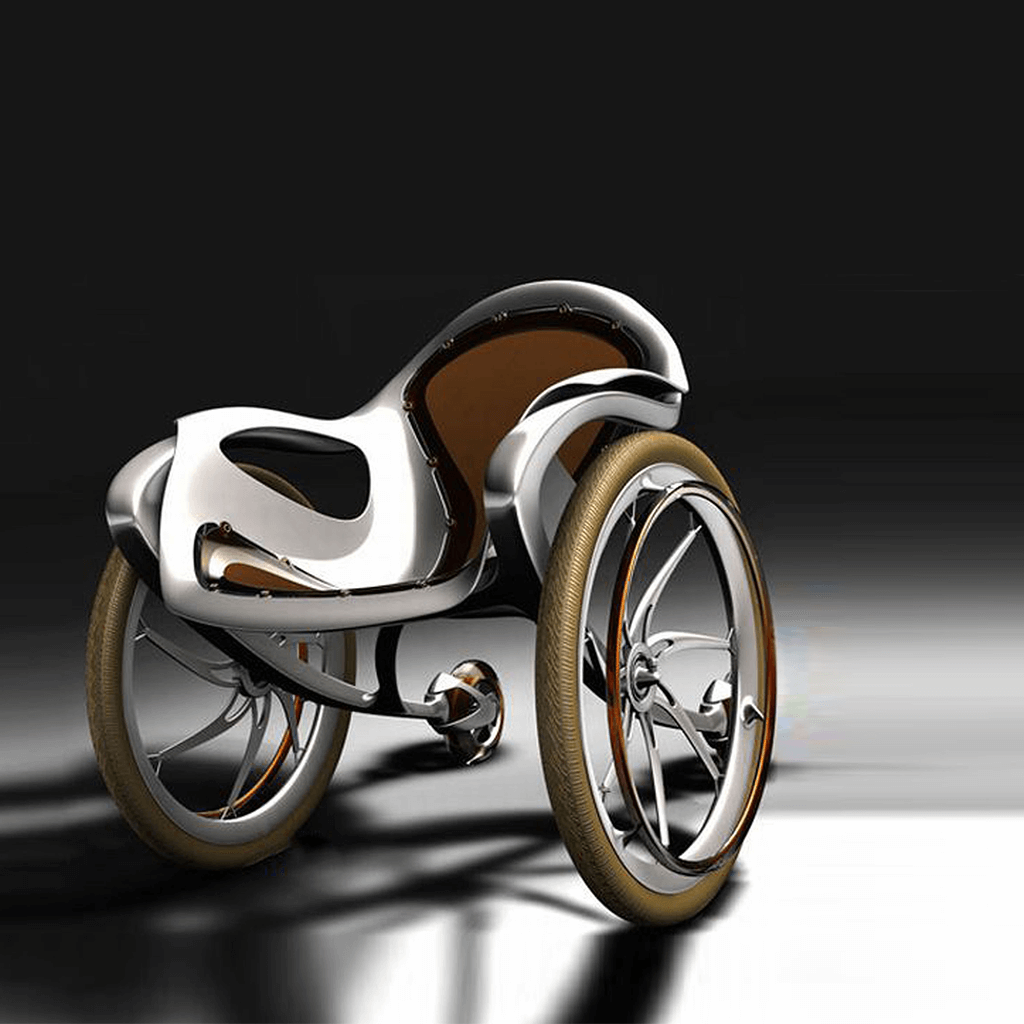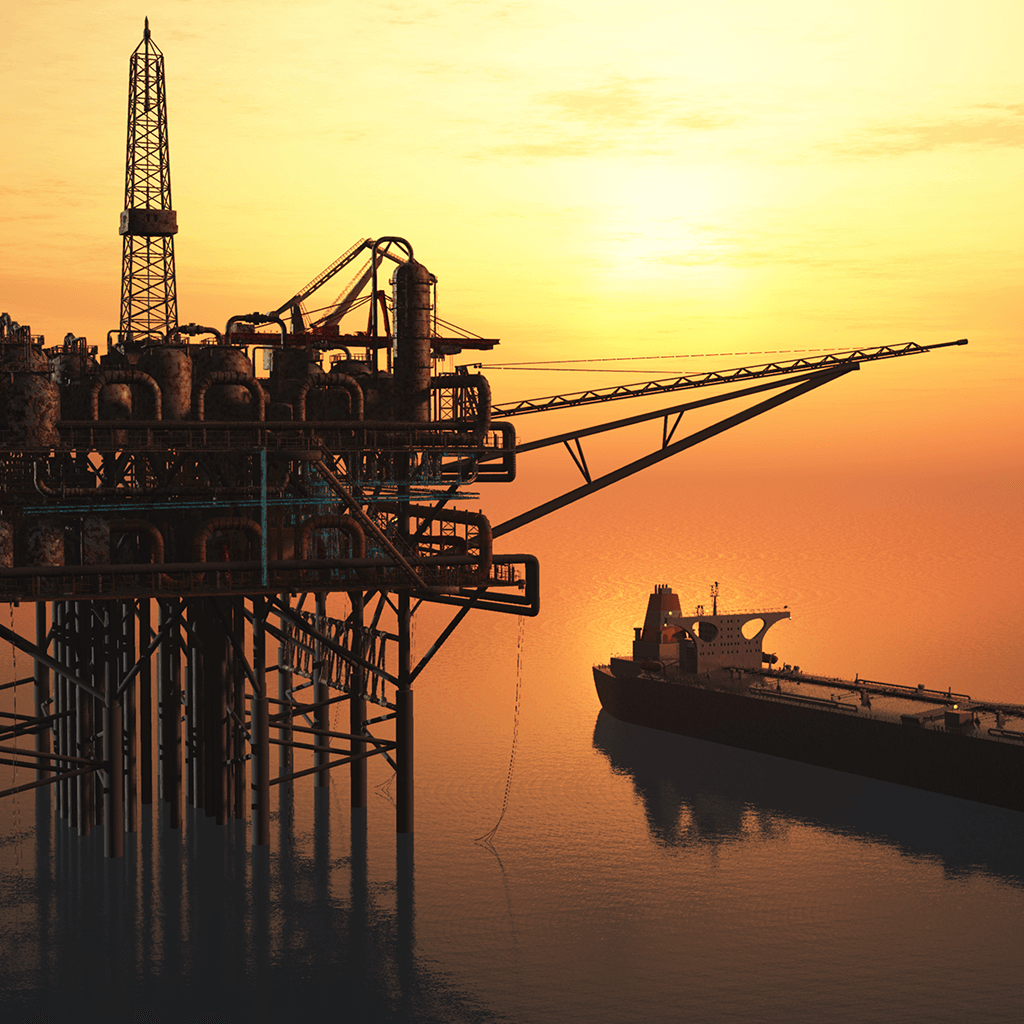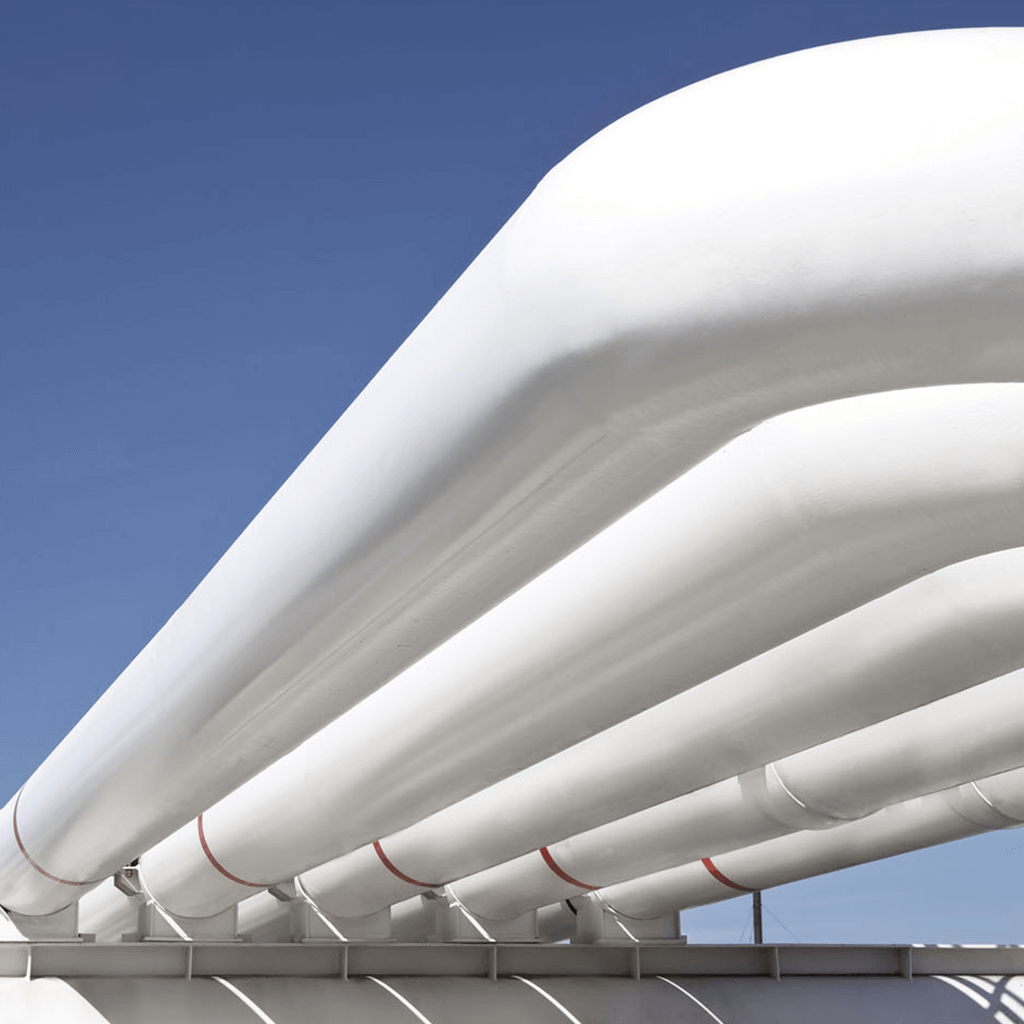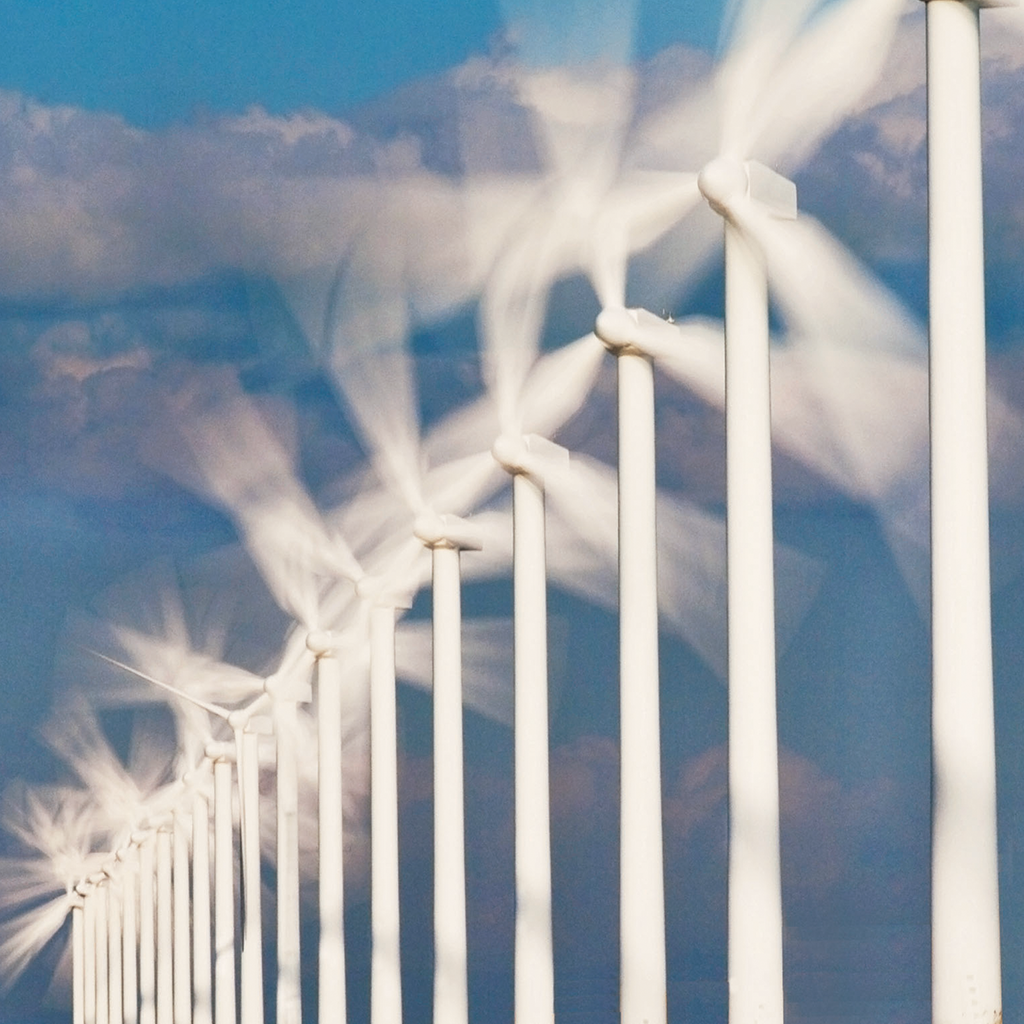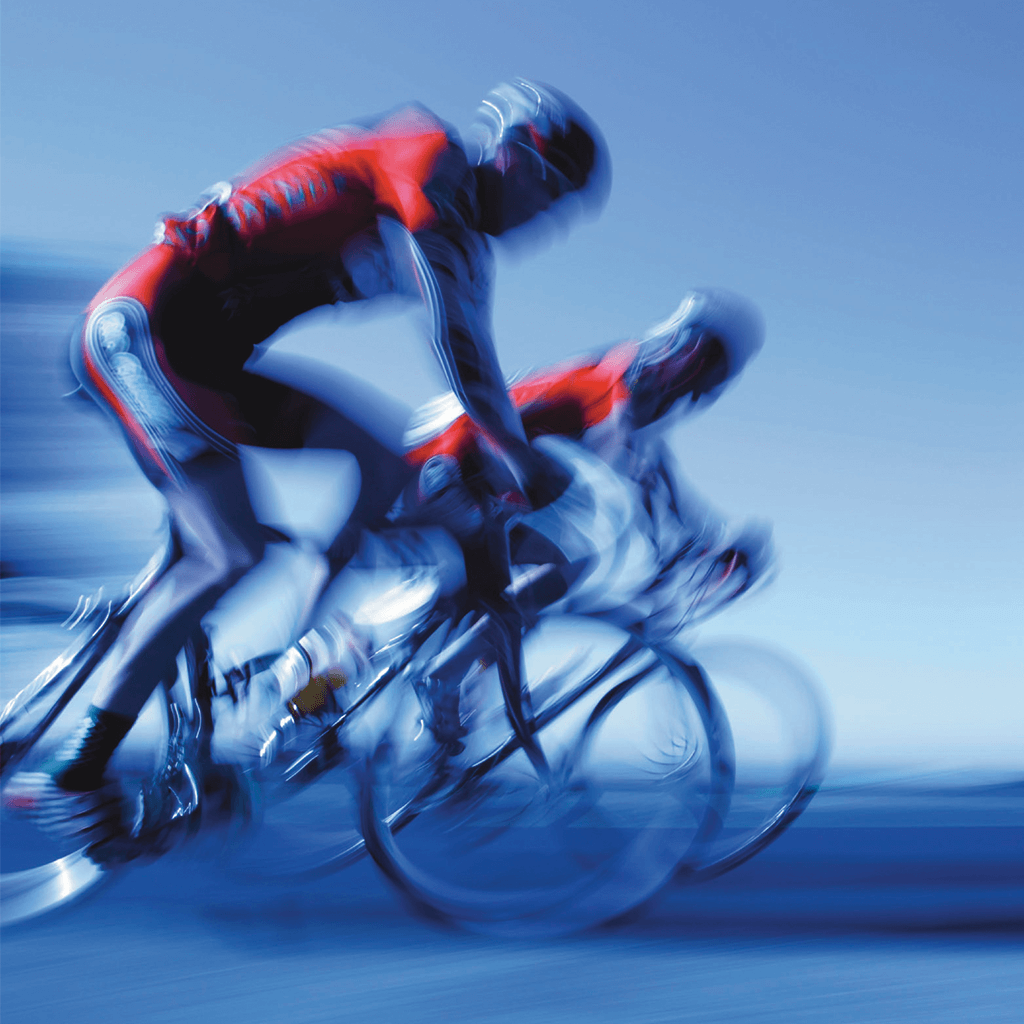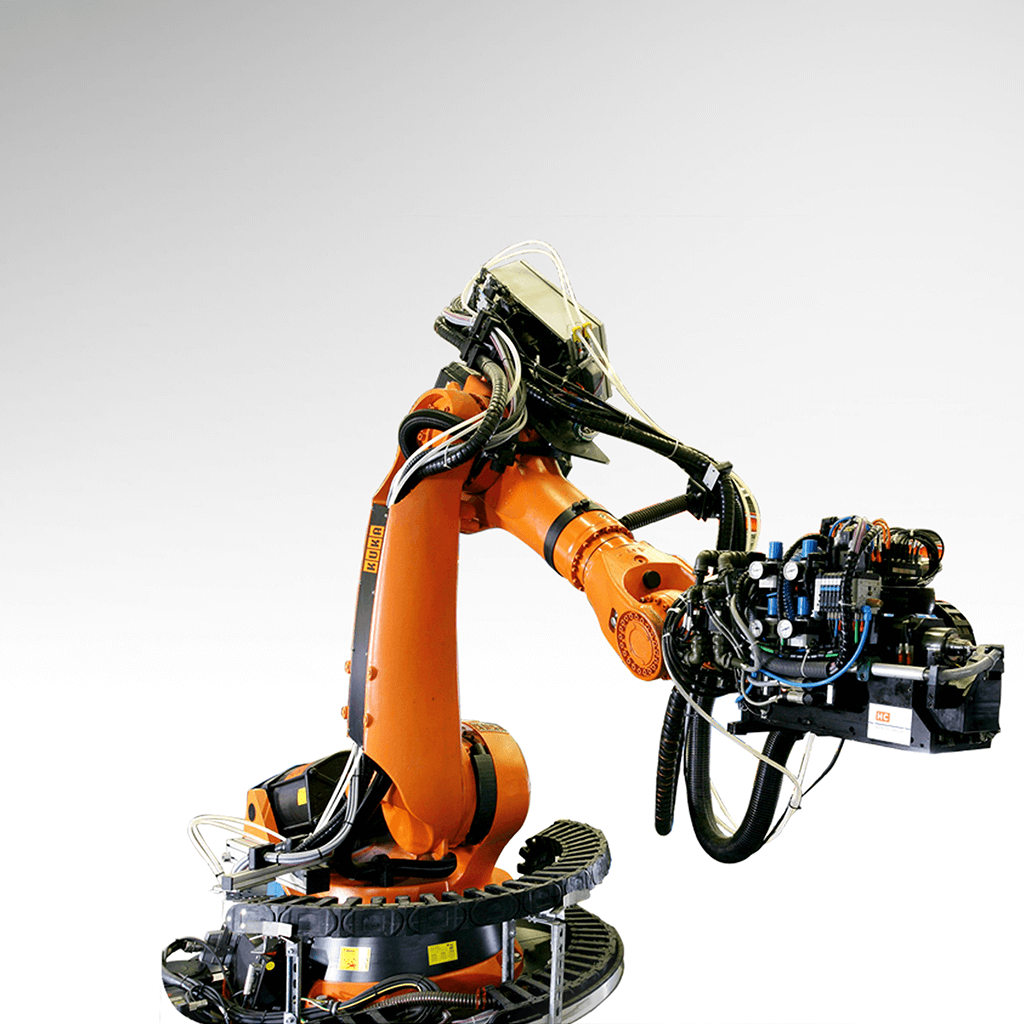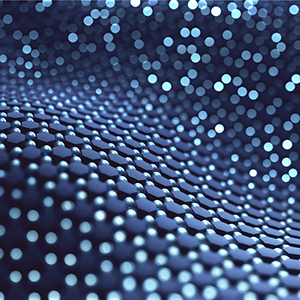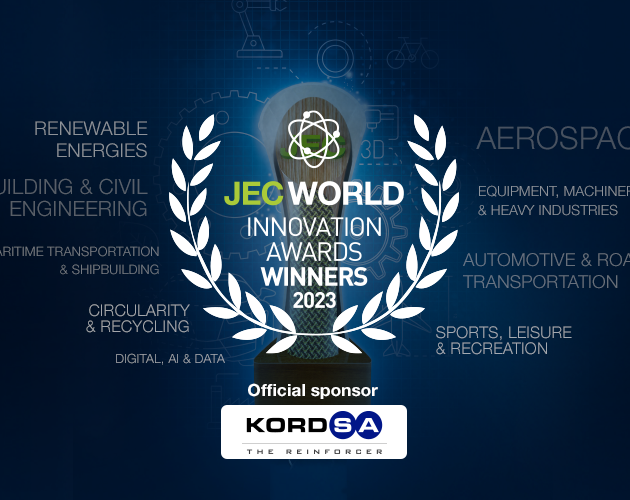The JEC Composites Innovation Awards winners revealed
Each year, the JEC Composites Innovation Awards celebrate successful projects and cooperation between players of the composites industry. Over the last 25 years, the JEC Composites Innovation Awards program has involved more than 1,900 companies worldwide. 214 companies and 527 partners have been rewarded for the excellence of their composites’ innovations and fruitful collaboration. These composites champions are awarded based on multiple criteria such as partner involvement in the value chain, complexity, or commercial potential of the project.

The ceremony took place on March 2nd in Paris, highlighted by the presence of jury members, finalists and winners but most importantly, as it was livestreamed, the gathering of many people all around the world to watch the awaited results.
It is the second time the Innovation Awards ceremony is held prior to JEC World, raising great enthusiasm and showing the composites community’s eagerness to get together, get inspired and build strong business connections.
Do not miss the opportunity to meet with the winners and learn more about their projects and expectations for the future at JEC World 2023 from April 25th to 27th and join them for the Opening session on April 25th at 9:30 in Agora 5.
SAVE THE DATE
JEC World 2023 • Paris Nord Villepinte
25-27 April 2023
Discover all the finalists and winners on the Innovation Area, M93
www.jec-world.events

Discover here the winners in each category.
Category Aerospace – Parts
Hybrid seating structure

Company : Fraunhofer ICT (Germany)
Partner(s) : Alpex Technology GmbH, Austria – AMADE-UdG, Spain – Leitat, Spain
Description : Aircraft hybrid seating structure designed and demonstrated under sustainability criteria, based on easy to recycle light weight composite material and produced with efficient automated processes. Commercial aircraft seats consist of many materials and individual parts, mostly a mix of polymers and metals, so very complex to recycle. The seats must also be lightweight to increase the overall efficiency of the aircraft. To achieve both goals (lightweight and recyclability), an aircraft seat series was developed based on the following sustainability criteria:
– Ease of recycling using one polymer type for all polymer parts for which recycling process is available.
– Reduction of number of seat components and weight through function-integrated lightweight design.
– Effective production of the plastic components through processes suitable for series production
– Elimination of toxic primers to improve the adhesion of metal inserts to the polymers (…).
Key benefits :
٠ Fuel Sustainable PU based light weight CFRP to reduce CO2 emissions and waste
٠ Radically reduction of numbers of seat parts for low maintenance
٠ Automated high volume production technologies (SMC/WCM) to reduce costs
٠ Reduce the economic cost for carbon fiber aircraft seats
٠ Carbon Fiber attractive design
More information : www.ict.fraunhofer.de
Category Aerospace – Process
Manufacture a Krueger wing flap in thermoplastic.

Company : CETIM (France)
Partner(s) : Loiretech, France – AFPT GmbH, Germany – SONACA SA, Belgium
Description : Innovative Krueger Flap produced In-situ with an automated thermoplastic process. The innovative Krueger flap, produced through this multi-partner project, has a large and complex shape and was manufactured using an in-situ thermoplastic consolidation process. It outperforms existing processes in terms of structural and industrial performance with higher production, better process stability and improved composite quality (…).
Key benefits :
٠ In-situ consolidation with full automated process (laser filament winding)
٠ Recyclability (thermoplastic part)
٠ Repeatability and reliability of the process
٠ Reduction of production costs
٠ Mass reduction of large parts
More information : www.cetim.fr
Automotive & Road Transportation – Design Part
World’s first carbon roll cage for production cars

Company : Dr. Ing. h.c. F. Porsche AG (Germany)
Partners(s) : Action Composites GmbH, Austria – Kube GmbH Ingenieurbüro, Germany – Lab for Lightweight Design, IKTD, University of Stuttgart, Germany
Description : Extreme lightweight carbon roll cage, to be road legally fitted into a production car, enabled by engineering a unique geometry. The initial metal design withstands extreme elongations. Thus, the use of carbon fibers, presented a major challenge for this application due to the low elongations at break. The Engineering innovation of the project is a new 3 step structural optimization process providing a specific design suitable for CFRP under full consideration of an extremely limited design space as well as multiple crash and FIA load cases (…).
Key benefits :
٠ High weight reduction compared to steel and even titanium
٠ Topology optimized, unique bionic design
٠ Innovative calculation approach – automated link between CAD an FE
٠ Innovative manufacturing process – structural hollow part in serial production
٠ Fulfills FIA load collective
More information : www.porsche.com
Category Automotive & Road Transportation – Process
BEV battery protection plate in composite design

Company : AUDI AG (Germany)
Partner(s) : POLYTEC GROUP, Netherlands
Description : Largest, innovative, sustainable BEV underride guard in thermoplastic sandwich lightweight design with highly efficient one-shot manufacturability for the new Audi Q8 e-tron. The innovative composite part is characterized by its mechanically extremely robust light-weight sandwich design as well as its large dimensions of about 2100 mm x 1400 mm and a total weight of app. 23 kg, of which about 13 kg are UD-tapes. Due to the large size of the component, production using injection molding is technically not feasible, thus a novel one-shot process had to be developed. The overall design is an excellent trade-off in terms of lightweight potential, design suitability for cost-efficient high-volume production, mechanical robustness and sustainability (…).
Key benefits :
٠ High light-weight potential for BEV underride guards, replacing Al-design
٠ Significant reduction of CO2-footprint compared to aluminum design
٠ Novel press-process for high-volume production of complex sandwich parts
٠ Design for recycling
More information : www.audi.de
Category Building & Civil Engineering
A composite roof for the stadium of Real Madrid

Company : Nanotures (Spain)
Partner(s) : COMPOSYST, Germany – DIAB, Spain – FIBERTEX, Denmark – Gavazzi, Italy – MAP Yachting, France – MEL, Spain – SAERTEX GmbH & Co. KG, Germany, SKY, Hungary – Zoltek, Hungary
Description : Three elements are mechanically joined to reach beams with a span of 75 m. The manufacturing process was infusion with double VAP membrane, avoiding the use of holes in the core and excess polymer. Critical parameters such as fiber linearity and core joints have been controlled in production to obtain elements with high compression resistance. Strategically, different reinforcements have been utilized in the design to meet the load case and assist in joining to the metallic elements. Finally, the lightweight composite beams allow simplification in the assembly operations on site as well as the simplification, weight and energy reduction of the displacement and elevation motors.
Key benefits :
٠ Weight reduction and simplification on site installation
٠ Excellent mechanical properties
٠ Environmental and energy benefit
More information : www.nanotures.com
Category Circularity & Recycling
100% recycled CF spun yarn and applied products

Company : Toyota Industries Corporation (Japan)
Partner(s) : Kurimoto, Ltd., Japan – Nagoya University, Japan – NAKASHIMA PROPELLER Co., Ltd., Japan – Toyota Central R&D Labs., Inc., Japan – Toyota Motor Corporation, Japan – Uster technologies AG, Switzerland
Description : 100% recycled CF spun yarn compatible to pultrusion process. Establishment of comprehensive CF circulation system from recycling to product application. CFRP properties of rCF spun yarn achieve about 70% tensile strength and 90% elastic modulus compared to virgin CFRP. There is no limitation to the process and matrix, and we are the world’s first manufacturer that successfully utilizes rCF in pultrusion molding with epoxy resin. Due to wind energy market growth, we expect future rCF spun yarn application to the demand for carbon neutral production for wind power generation blades. Furthermore, we established a comprehensive CF recycling system from CF recovery to reproduction (…).
Key benefits :
٠ Applicable recycle CF to pultrusion molding using epoxy matrix
٠ Recycled CFRP highly compatible with virgin CFRP performance
٠ A comprehensive high value CF recycling system
٠ High compatibility for existing process and resin matrix
٠ Low environmental impact
More information : www.toyota-industries.com
Category Digital, AI & Data
In-process AFP manufacturing inspection system

Company : NIAR/WSU (United States)
Description : In-process AFP Manufacturing Inspection System (IAMIS) for automated fiber placement (AFP) head to detect manufacturing defects and a user-friendly augmented reality visualization module. IAMIS detects manufacturing defects that are above the certification basis (or unacceptable) using machine-learning (ML) algorithms for reducing time-consuming and operator-dependent manual inspection processes that require significantly interrupting the manufacturing process.
Key benefits :
٠ Increase automated manufacturing system utilization (operational efficiency)
٠ Eliminate labor-intensive manual inspections and improve quality
٠ Eliminate human error associated with operator experience levels
٠ Augmented reality visualization for repair and quality assurance
٠ Create a digital record of defects for certification and sustainment support
More information : www.wichita.edu
Category Equipment, Machinery & Heavy Industries
Isotruss® carbon fiber tower

Company : IsoTruss, Inc (United States)
Partners(s) : My Learning Alliance, US – U.S. Bureau of Land Management Wyoming, United States – United States Department of Agriculture National Institute of Food and Agriculture (USDA- NIFA), United States – Utah State University, United States
Description : IsoTruss® Carbon Fiber Towers are up to twelve times stronger than steel for a given weight, or as little as one-twelfth the weight for a given load, depending on the design, site and specifications. IsoTruss was originally invented for aerospace applications and is ideally suited in load bearing structures anywhere low weight and stiffness are critical. Overall, the IsoTruss® combines high performing continuous fiber (such as carbon, glass, aramid, etc.) reinforced polymer composite materials with a very efficient geometry to allow those elements to carry the load efficiently, allowing extremely lightweight and extremely high performance.
Key benefits :
٠ Material Advantages: High Strength/High Stiffness/High Durability/Transversely Isotropic/Radio Frequency Transparent/Corrosion Resistant
٠ Structural Advantages: Resists Shell Buckling/Lighter Weight/Low Drag/Damage Tolerant/Aesthetics/Eco-Friendly/Corrosion Resistant/Less CF to mfg/lightweight lowers shipping/install costs-reduces CO2 em.by 70%.
More information : www.isotruss.com
Category Maritime Transportation & Shipbuilding
Solid sail mast

Company : Chantiers de l’Atlantique (France)
Partners(s) : Avel Robotic, France – Bureau Veritas France – CDK, France – Hexcel, France – Lorima, France – MECA, France – Multiplast, France – SMM, France
Description : Industrialization of the fabrication of very large mast to fit to price and delay of marine industry market. SOLID SAIL MAST fabrication is based on carbon preg pieces made in autoclave. We cut the mast in sections able to enter the largest autoclave (24m x 6m) we had and develop an assembly method using AFP fabricated sleeves to assembly the 24m long sections together in a quick and efficient way.
Key benefits :
٠ Higher quality standard through precisely automated lamination
٠ Higher productivity from faster/fewer manufacturing processes
٠ Lower production cost from reduction of processes
٠ Reduced waste and reduced manufacturing hazard
٠ Higher consistency in the mass manufacturing of parts
More information : www.chantiers-atlantique.com
Category Renewable Energies
New acrylic adhesives for a better world

Company : Huntsman Advanced Materials (Switzerland)
Partners(s) : Antala, Spain – Biesterfeld Oezel Kimy. Tic. A.S., Turkey – Bodo Moeller Chemie GMBH, Germany – Emanuele Mascherpa S.p.A, Italy – Samaro, France – VIBA NL, Netherlands
Description : New technology of non-flammable, low-odor, and primer-free structural acrylate adhesives with a favorable health and safety profile, providing exceptional bonding performance on multiple substrates. The innovation is a new acrylic adhesives technology that cures fast, creates high strength and high elongation bonds, outstanding stress and impact resistance, and importantly, unlike many structural adhesives, provides an effective solution to multiple sustainability-related challenges, without compromising performance (Non-flammable classification, favorable health and safety profile, low odor and limited surface preparation) (…).
Key benefits :
٠ Safety, wellbeing, and productivity
٠ Reduced CO2 emissions (transport)
٠ Financial savings (storage/protection)
٠ Performance, multi-substrates, and composites bonding
٠ Material models available for simulation
More information : www.huntsman.com
Category Sports, Leisure & Recreation
Recyclable thermoset CFRP composite bike

Company : Swancor Holding CO., LTD (Taiwan)
Partners(s) : Gigantex Composite Technologies, LTD, Taiwan
Description : Thermoset CFRP bicycle was made from recyclable EzCiclo prepreg. Composite parts can be recycled by CleaVER liquid to reclaim resin and fiber enabling closed-loop recycling of thermoset composite. Swancor presents recyclable thermosetting resin “EzCiclo” and degradation liquid “CleaVER”. EzCiclo is a recyclable epoxy resin. Hot melt prepregs made of EzCiclo RB-564 with different Fiber Average Weight (FAW) are used to produce composite bicycle parts including frame, handlebar, front fork and rims. The End-of-life composite parts made from EzCiclo can be degraded by CleaVER liquid at 130°C-150°C for 4 hours, enabling complete separation of matrix and fiber. The crosslinked matrix is dissolved in CleaVER and can be reused. The reclaimed fiber shows comparable properties compared to virgin fiber (…).
Key benefits :
٠ 100% recyclable thermoset composite bicycle parts with promising properties
٠ Innovative resin system enables closed-loop recycling of thermoset composite
٠ Ease of adoption with existing manufacturing facilities and processes
٠ Lower carbon emission recycling and generate no waste
٠ Higher value of recycled resin and fiber
More information : www.swancor.com



